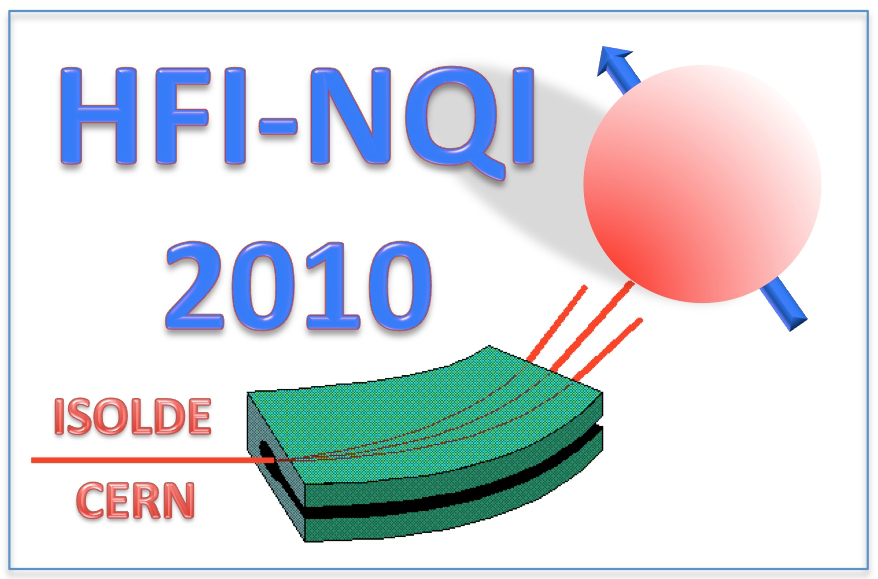Speaker
Prof.
S.N. Mishra
(Tata Institute of Fundamental Research, Homi Bhabha Road, Mumbai-400005, India)
Description
Size effects on local magnetism of single Fe impurity in nano-crystalline noble metals: A TDPAD investigation.
S.N. Mishra, and P. Ayyub
Tata Institute of Fundamental Research, Homi Bhabha Road, Mumbai-400005, India, email: mishra@tifr.res.in
We have employed the in-beam time differential perturbed angular distribution (TDPAD) technique to study the effects of finite lattice size on local magnetism and Kondo interaction of single Fe impurity in metallic hosts. In this direction, we have measured local susceptibility and 3d spin relaxation rate of recoil implanted 54Fe nuclei, produced by the fusion evaporation reaction 12C(45Sc,p2n)54Fe, in bulk and nano-crystalline Cu and Ag hosts. The nanocrystalline were prepared by DC-magnetron sputtering technique [1] and were characterized by X-ray diffraction and electron microscopy measurements. The TDPAD measurements were carried out the 14-MV tandem accelerator at TIFR, Mumbai. The 10+ isomeric state in 54Fe with T1/2=360 ns, gN = 0.728 was used as nuclear probe for the detection of static and dynamic magnetic response of Fe in the hosts under investigation. Fig. 1 displays the local susceptibility of Fe defined as -1 = (L/gNNBext) -1 measured as a function temperature. Here, L is the Larmor frequency and Bext is the external magnetic field applied. The measured (T), in all the hosts studied; show Curie-Weiss temperature dependence from which the Fe magnetic moment and TK could be extracted. A comparison of the (T) results for the nanocrystalline hosts visa vie their bulk counterparts, clearly indicate a strong influence of lattice size on Fe magnetism, especially the Kondo temperature TK. While, size reduction for Cu increases the Fe moment with a concomitant reduction of TK, the effect is opposite in nanocrystalline Ag hosts.
Fig 1: Local susceptibility of Fe in bulk and nanocrystalline Cu and Ag hosts.
References
[1] S.N. Mishra, S. Bose, P. Vasa and P. Ayyub, Phys. Rev. B 71, 094429 (2005)
| Are you a student, a delegate from developing countries or a participant with physical needs and would like to apply for a sponsored accomodation. Please answer with yes or no. | yes |
|---|
Author
Prof.
S.N. Mishra
(Tata Institute of Fundamental Research, Homi Bhabha Road, Mumbai-400005, India)
Co-author
Prof.
P. Ayyub
(Tata Institute of Fundamental Research, Homi Bhabha Road, Mumbai-400005, India)
